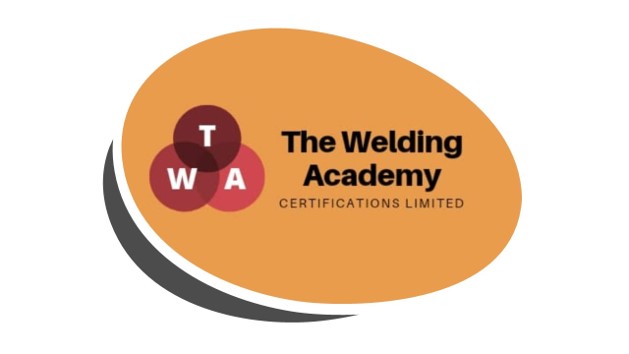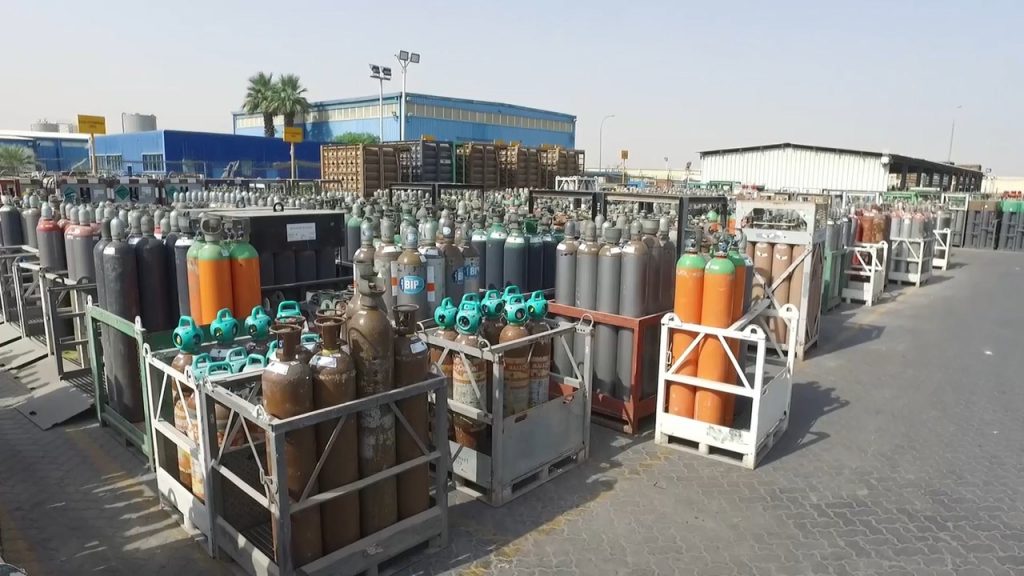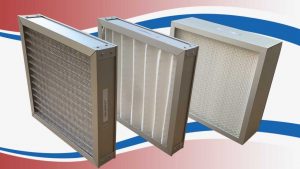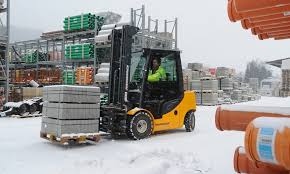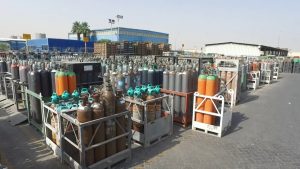This article discusses the classification and differences of welding shielding gases used in the welding industry. The broad classification consists of Active and Inert gases. Active shielding gas reacts with the weld pool and/or the melting drop of the wire, so taking an active part in the process as well as protecting the weld pool from the outside atmosphere. Inert shielding gases do not react actively with the weld pool, and they protect the pool from the atmosphere.
Classification of shielding gases according to the standard
In BS EN ISO 14175:2008 standard for Welding consumables. Gases and gas mixtures for fusion welding and allied processes, gases are divided into primary and subgroups. In this article, we discuss four main groups of welding gases that are most commonly used in gas arc welding processes. The main group gases are:
- Main group I – Inert gases
- Main group M1 to M3 – Oxidizing gases
- Main group R – Reducing gases
- Main group N – Low reactive gases
Inert shielding gases
Argon and helium are inert shielding gases, and both do not react actively in the weld pool. These gases have completely different natural properties.
- Helium is 10 times lighter than argon. This means that the flow of the helium shielding gas must be greater than for argon. Otherwise, the degree of protection will not be sufficient.
- The arc voltage with helium is 1.5 to 2 Volt higher than with argon, so the pool will also be larger.
- Argon is easy to ionize, and helium is very difficult to ionize.
- The arc stability of helium is weak, while argon has a nice and tight arc.
- The thermal conductivity of helium is much larger than that of argon (Helium transfers heat into the metal effectively). This means that the penetration depth is also greater when helium is used as a shielding gas. Because the arc stability of 100% helium is so poor, helium is almost exclusively used as a mixed gas with argon.
Helium occurs in several places on the earth. Especially in North America and the Rift Valley in East Africa. It is formed by the disintegration of uranium and thorium. In Europe, there are almost no helium sources. Natural gas also contains about 1% helium.
The transport of helium, for example from North America, is expensive. It has to be transported in liquid form, and that can only be done at – 269 degrees Celsius. Because of the long-distance, the cryogenic tanks will heat up a little, so they sometimes have to be vented. This means that there will never be a 100% delivery. That’s why helium is so expensive and getting more and more costly.
Oxidizing shielding gases
Gases in the M, R and N group are active. This means that the gas reacts with the pool and/or the melting drop of the wire.
The first group of active gases are oxidizing shielding gases. These can be subdivided into light, medium and strong-oxidizing. As the amount of oxidizing gases increases in the mixed gas, the whole will become more active.
For example, a shielding gas consisting of argon and 0.5% CO2 will hardly react with the puddle or the melting droplet and is therefore slightly oxidizing. A shielding gas consisting of argon and 25% to 50% CO2 and 10% to 15% O2 will react very strongly with the puddle and the melting droplet and is therefore highly oxidizing. Even more oxidizing is a 100% CO2 gas, possibly with 0.5% to 30% O2 added to it.
Very important: When qualified work is carried out, make sure that the wire-gas combination is also qualified. With the increase of the number of available gas mixtures, it is not by default that the selected gas falls within the qualification. The wire supplier can tell you all about this.
Reducing gases
Reducing shielding gases in welding technology are always mixed gases consisting of argon or nitrogen with hydrogen. Argon with hydrogen is used, for example, in TIG welding of stainless steel. Nitrogen and hydrogen are applied as backing gases. Attention: If the proportion of hydrogen is more than 10%, it must be flared because of fire and explosion hazard.
Low reactive gases
Low reactive shielding gases are a mixture of argon and 0.5% to 50% nitrogen. In some mixtures, 0.5% to 50% hydrogen is also added.
These gases are not suitable for the TIG process. However, there is an application for the MAG process; for duplex and super duplex welding, shielding gases containing up to 2% nitrogen and up to 2% CO2 are used. But mostly these gases are used in laser welding and cutting.
